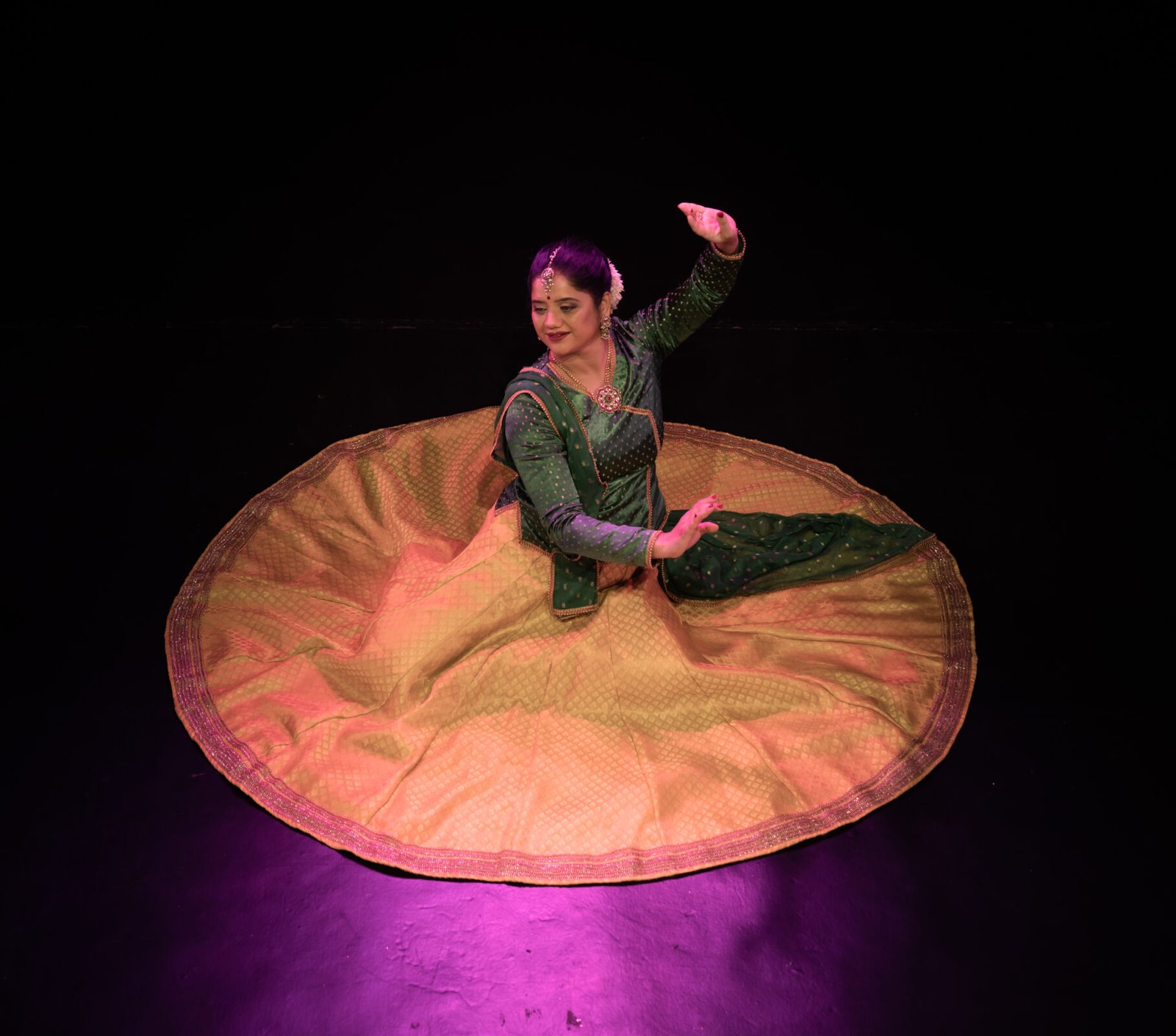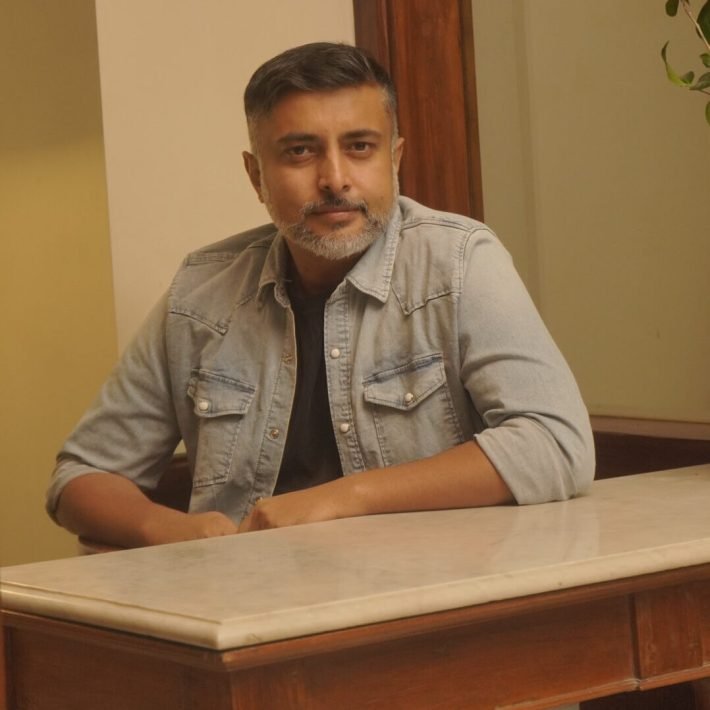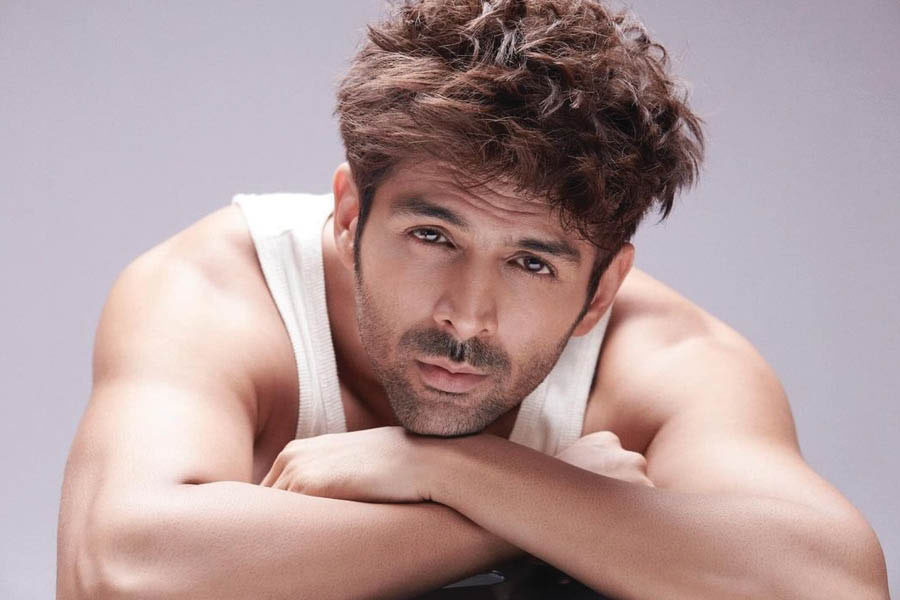Mukti Shri
In an age dominated by fleeting trends, viral reels, and TikTok tempos, Mukti Shri stands as a luminous force… unapologetically classical, yet strikingly current. An internationally acclaimed Kathak dancer, educator, and cultural ambassador, Mukti has not only upheld the sanctity of Indian classical dance but has redefined its relevance for the 21st-century global stage.
With over 200 spellbinding solo performances across continents, from the Southbank Centre in London to the Thailand Cultural Centre in Bangkok, her artistry flows seamlessly between tradition and innovation. Whether she’s invoking the grace of her esteemed guru Pandita Shama Bhate or experimenting with jazz and world rhythms under the influence of maestro Pt. Suresh Talwalkar, Mukti’s performances are not just dances, they’re expressive dialogues.
Founder of the Kalavati School of Performing Arts and Director at ArtHub, she’s as passionate about pedagogy and community as she is about choreography. Her collaborations span cultures and continents, from the tabla genius of Trilok Gurtu to sonic storytellers from Turkey to China, blending beats, bodies, and borders into a singular rhythm of unity.
In an exclusive interview with Sumita Chakraborty, Editor-in-Chief, TheGlitz, Mukti Shri opens up about dancing between eras, staying timeless in a time-obsessed world, and why authenticity will always trend.
Over To Mukti Shri
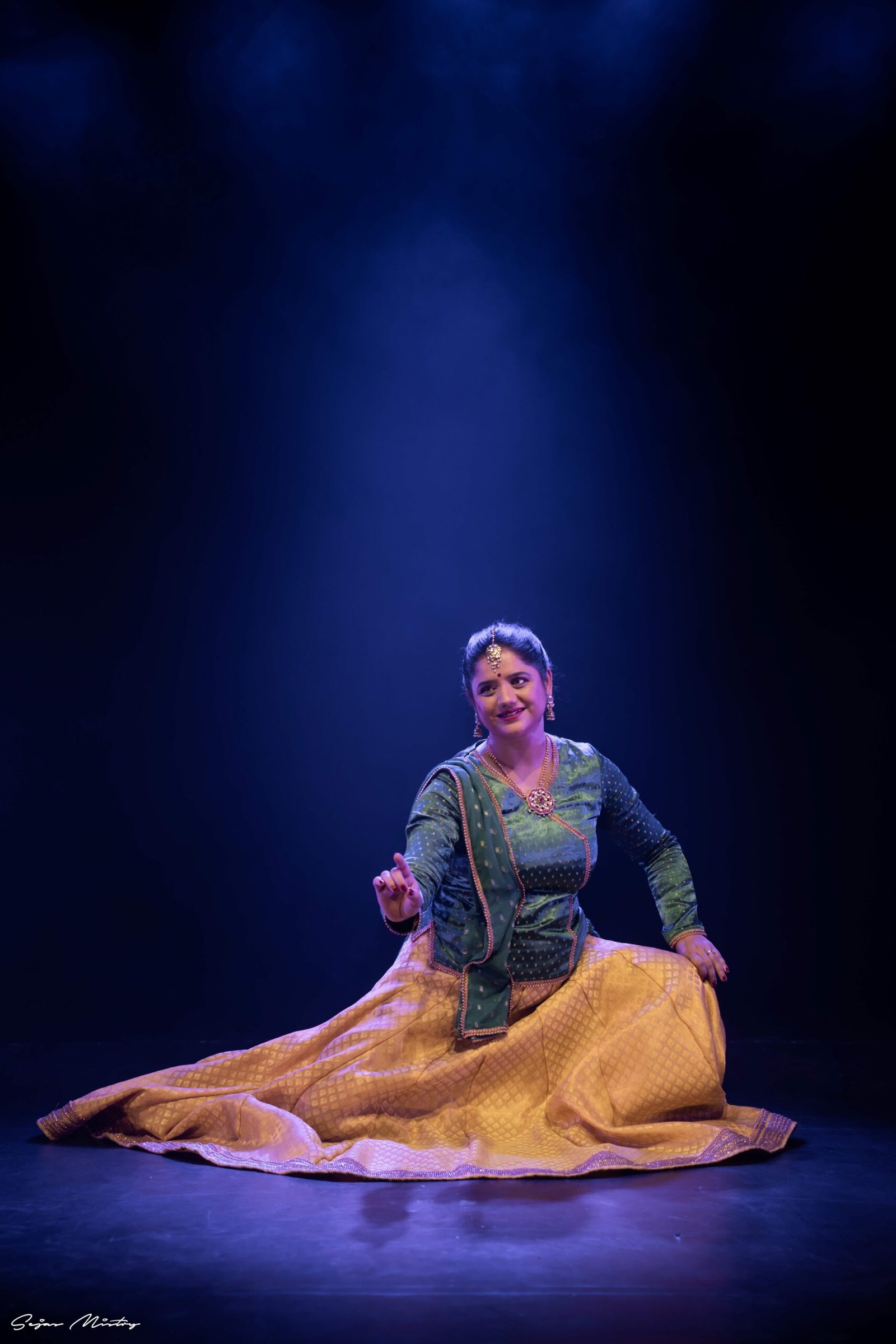
You’ve performed across continents, from the Southbank Centre in London to the Cultural Centre in Bangkok. How does the energy of an international stage shape your expression of a deeply Indian classical art like Kathak?
Mukti Shri: Stepping outside India for the first time felt like being a bird that had just learnt how to fly, leaving the comfort of its nest and soaring into a vast, unfamiliar sky. Until then, my entire world had been dance; I had lived it, breathed it. But suddenly, I found myself surrounded by people who were not only highly accomplished but also deeply aware of global issues, culture, and intellect.
I realized that while I knew a lot about Kathak, there was still so much more to learn beyond the stage. That journey sparked a transformation. I began to understand the importance of expressing myself, not just through movement, but through words, conversations, and ideas. I learnt how to speak about my art intelligently, how to carry myself with confidence, how to engage with diverse audiences, and how to remain rooted while adapting.
This personal growth deeply impacted my performances. I found ways to present Kathak not just as a performance, but as a story that could intrigue, educate, and connect with international audiences.
Just as Kathak was foreign to many of them, English was once a foreign language to me. But over time, we exchanged energies, me adapting to a new culture, and them embracing an ancient one. What gave me true confidence was the realization that, beyond the well-known pirouettes and footwork, I could showcase the subtle, powerful aspects of Kathak – its expressions, storytelling, rhythm, and still receive heartfelt applause. That journey from being just a dancer to becoming a mindful performer began on those international stages.
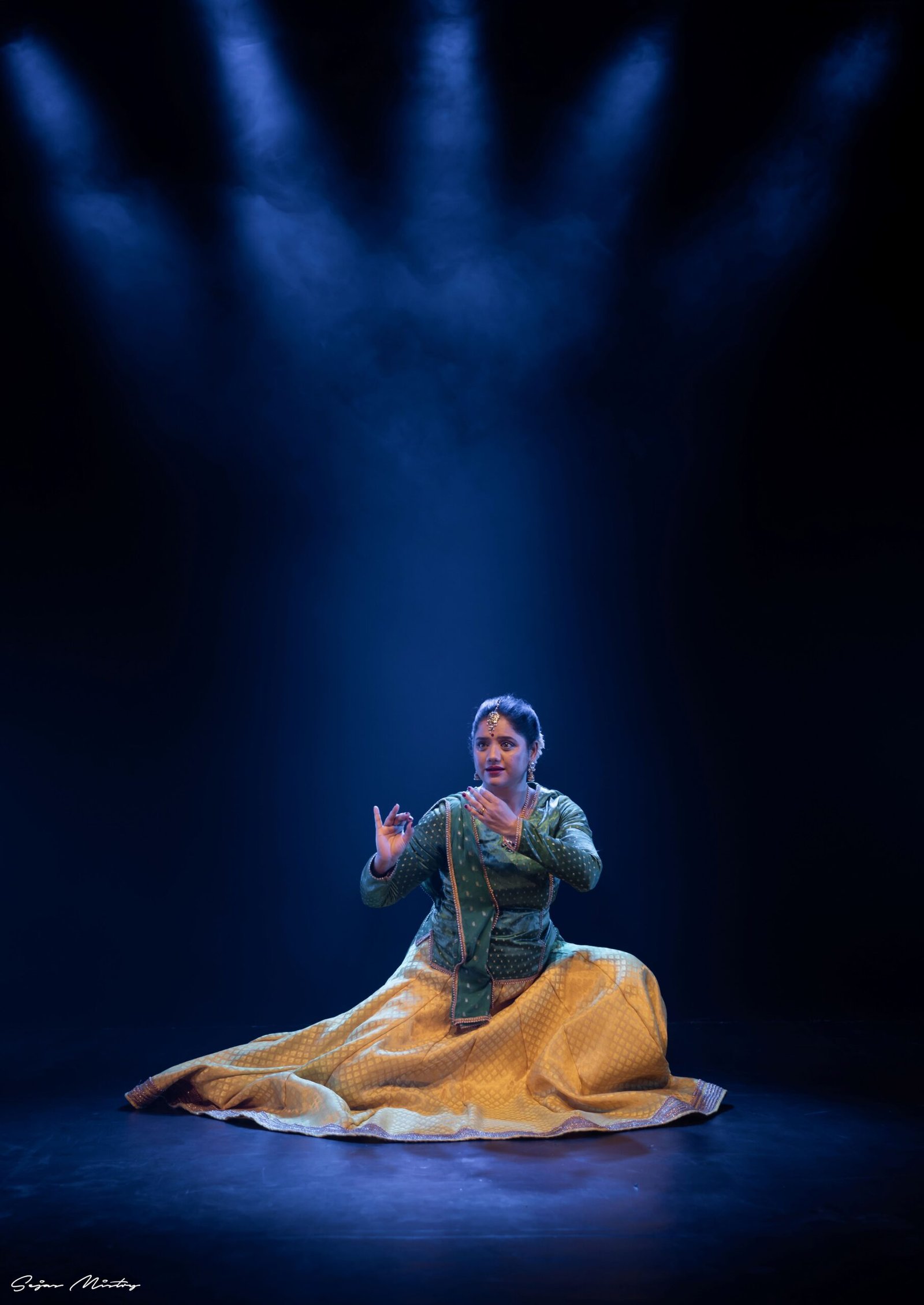
Your work beautifully balances classical Kathak with global influences like jazz and world music. How do you approach this fusion without compromising the soul of the tradition?
Mukti Shri: I feel truly fortunate to have been trained under the guidance of my gurus – Smt. Shama Bhate ji and Pt. Suresh Talwalkar ji. Shamatai, as we lovingly call her, not only gave us a strong foundation in Kathak but also introduced us to diverse musical worlds, including jazz. Having worked closely with the legendary Trilok Gurtu ji, she shared her experiences generously, teaching us how to listen deeply, how to understand the structure and feel of jazz, and how to choreograph to it without ever stepping outside the boundaries of Kathak.
When I later had the opportunity to collaborate with Trilok Gurtu ji myself, I found that the lessons I’d received helped me approach the process with both confidence and respect. One strong common factor between jazz and Kathak is the way both forms play with rhythm. That rhythmic dialogue created a natural bridge, it didn’t feel like fusion for the sake of it, but a genuine meeting point.
For me, Kathak is like my mother tongue. Once you’re rooted in your own language, it becomes easier to engage with other forms without losing your identity. Jazz and world music didn’t pull me away from tradition – they opened up new ways to express it, to share it with different audiences. I’m deeply grateful for the Guru-Shishya parampara, which shaped not just my technique, but my entire artistic approach. It’s a constant process of learning how to honour tradition while embracing new influences with humility and care.
As a senior disciple of Pandita Shama Bhate and a student of Pt. Suresh Talwalkar, how have your Gurus shaped your understanding of laya, narrative, and performance as a dancer?
Mukti Shri: As I’ve shared earlier, I feel truly blessed and fortunate to have been trained under two stalwarts—Pandita Shama Bhate ji and Pandit Suresh Talwalkar ji. Their guidance has been foundational in shaping not just my dance, but my entire approach to laya, expression, and performance.
Shama Tai brought a refined aesthetic to our dance. She focused deeply on the nuances of footwork, ensuring that it had rock-solid strength, but also a distinct tonal quality. Every sound from the feet was treated like music, not just rhythm. She guided us in abhinaya with equal care—always maintaining its emotional truth, but within a certain restraint, so that it never became loud or exaggerated. That sense of subtlety and balance has stayed with me.
Guruji, Pt. Suresh Talwalkar ji opened up the vast ocean of rhythm for me. Under his training, I began to understand laya not just as a time cycle, but as an expressive force. He taught us how to recite compositions with clarity and intention, how to understand the meaning behind every syllable, and how that meaning should influence our choreography and movement. With his guidance, even the most complex rhythmic structures began to feel natural and intuitive.
Together, my gurus gave me a strong foundation where technique, expression, and rhythm don’t stand apart, they flow together. I am still learning every day, but it’s their vision and training that continue to guide my path as a dancer.
Cross-cultural collaborations are a powerful part of your artistic journey. Can you share a moment or project where this creative exchange surprised or transformed you?
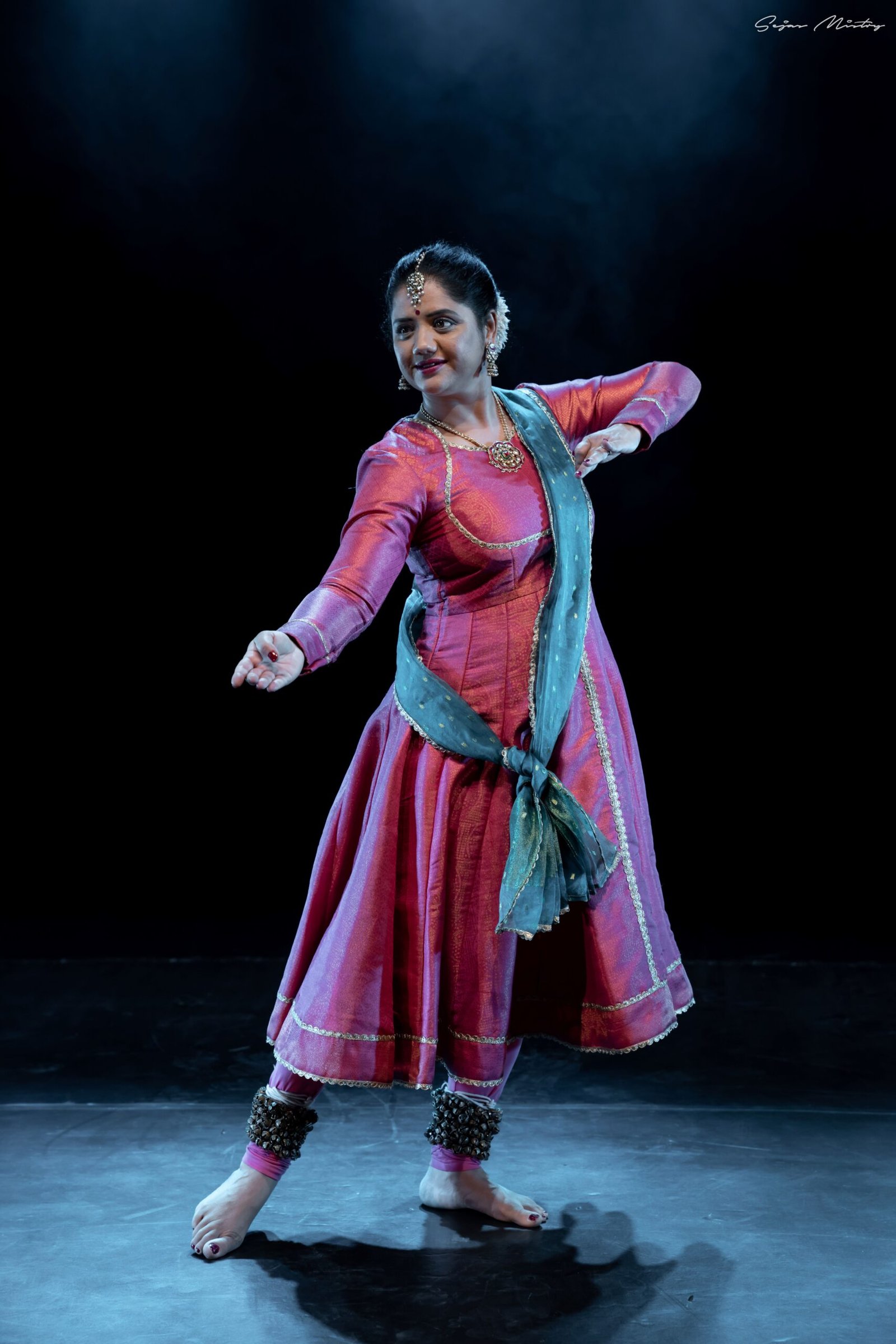
Mukti Shri: Although not planned, I got the opportunity to travel to many countries, including long stays in Thailand and the UK. I have tried to collaborate as opportunities came by, as these collaborations across different music styles help you appreciate not only the music beyond that in India, but also help understand the culture of different countries, the music, and the musicians coming from.
I would not say that any specific collaboration transformed me, however, one noteworthy collaboration was with Chinese musicians in Beijing, China. We went two days in advance and were not sure what pieces we could collaborate on as they were playing only Chinese instruments, and I did not know enough about what pieces they would play. However, once I met them, I showed them some of my pieces, including footwork and compositions, and they played the apt piece that I thought crystallized so well.
Within 2 hours of rehearsals, we all became so comfortable that we felt as if we had performed with them multiple times and knew them for long. They were extremely kind and welcoming. This is opposite to the impression we make of China and its nationals in the political world.
As the founder of Kalavati School of Performing Arts and director at ArtHub, how do you see the role of education and outreach evolving in today’s digital-first, globalised world of performance?
Mukti Shri: I conduct my classes and activities of Kathak under the banner of my organisation, Kalavati School of Dance and Performing Arts. Although the world has changed with social media dominating information dissemination, which I also use extensively, the process of learning remains largely unchanged. I am able to use online platforms for conducting classes in some instances; however, it is by far not as productive or comparable to in-person classes. The energy that is created in an f2f session, be it the use of space, movements, expressions, specifically for dance, is not comparable to the use of online platforms.
When it comes to producing reels on social media, due to the very low attention span of the audience, artists have started to post clips of less than 1 minute. Unfortunately, they serve as teasers or trailers and do not reflect the true talent of artists. The best of any classical artist comes out after they warm up through the repertoire, communicate with the audience through their music and dance, and all get in sync, creating a completely different environment.
Also, due to the short performances/clips that artists produce, I am afraid that some artists may lose the capacity to perform long pieces of 45 minutes – 1.5 hours, which is a typical duration of a classical concert. One may lose both the motivation and ability to work hard to develop the stamina needed for a long, sustainable performance.
What are some of the misconceptions people have about Kathak, especially in international spaces, and how do you use your performances to shift that narrative?
Mukti Shri: I would not say that there are many misconceptions, but the awareness about Kathak is not as much as Bharatnatyam, so to speak. Many audience members mix Kathak with Kathakali, some consider that Kathak is only done in Bollywood. Also, think that it is an old-style dance and that more the pirouettes (chakkar), the better a dancer is.
This is not true, as one needs to develop competency in all aspects of Kathak, that includes perfection in lines and angles, perfection in movements, abhinaya (expressional piece), mastery over rhythm to be able to perform solos in different taals; recitation of compositions, meaning and philosophy behind the composition that you are performing on, foot work and multiple compositions. In addition, an artist should perform all this with strength and stamina without showing any hint of being tired, and only a smile and/or the expected expression on the face.
You often work with rhythm-intensive genres like jazz and percussion. How do you choreograph rhythm-heavy pieces where music and movement must speak in tandem across cultures?
Mukti Shri: I have said it before. Thanks to our Gurus and our training that we feel extremely comfortable with any music genre, in particular Jazz, as the framework of Jazz is quite similar when it comes to improvisation and compositions in different beat cycles. For this reason, even if it is a 5, 7, or 9 beat cycle, we are able to easily adopt. Also, because of the quality of sound that ~150 ghungoors on the feet produce, we can match the sound with heavy rhythm-oriented pieces.
Looking ahead, what’s your vision for Kathak as a contemporary global art form and how do you see the next generation of dancers shaping that future?
Mukti Shri: Kathak, similar to other forms of classical Indian music and dance forms, is an ocean, and there is so much to learn and explore. Kathak has always been a contemporary art form in my view, as it has evolved very positively in all aspects, including aesthetics, quality of performance structure, costume design, make up and use of technological advancement in sound and light. The compositions may be old, but they are performed keeping the current context of stage, space, the audience, and novelty.
